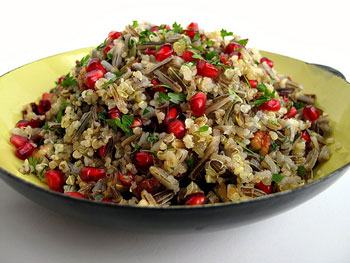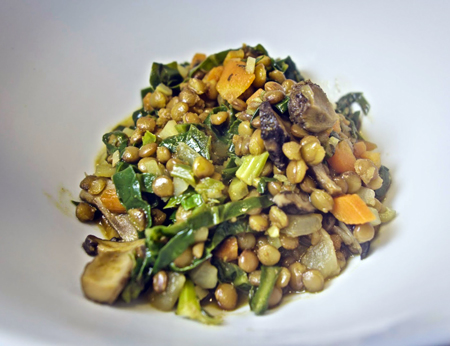 For the last two weeks I have had an intermittent problem with my furnace. I have a wonderful technician, but it was a difficult thing to figure out. Did I mention that it is Winter in Maine and even with a back up heat source it is imperative to solve it and solve it fast. The elusive part arrived this morning and Tony quickly came out yet again to my house. I asked him to come in and have a cup of tea with me as I always do and explain what he did to my furnace. I hoped that he would reassure me that it was fixed once and for all.
For the last two weeks I have had an intermittent problem with my furnace. I have a wonderful technician, but it was a difficult thing to figure out. Did I mention that it is Winter in Maine and even with a back up heat source it is imperative to solve it and solve it fast. The elusive part arrived this morning and Tony quickly came out yet again to my house. I asked him to come in and have a cup of tea with me as I always do and explain what he did to my furnace. I hoped that he would reassure me that it was fixed once and for all.
He is the kind of guy that insists on taking his boots off so he doesn't make a mess no matter how many times you tell him that it is fine because you have three dogs that always have wet paws. Today I placed a thick cotton rug at the door knowing that would make him feel more comfortable and indeed he came in for tea without any excuses. I poured a nice cup from my morning pot and went to get the banana bread that I had baked yesterday – only I couldn't find it anywhere! I looked everywhere and then decided that I better pick something else to give him before I started looking like I was becoming senile or worse yet, getting a case of cabin dementia.

 Stuffing, mashed potatoes, sweet potato casserole, green bean casserole. Most people will say that Thanksgiving isn't a holiday without these traditional dishes, but that doesn't have to be the case. Although they are classics, it doesn't mean they can't be reinterpreted, reimagined, or replaced with an equally interesting seasonal side dish. When vegetarians are around, it's also courteous to keep them in mind when planning the menu.
Stuffing, mashed potatoes, sweet potato casserole, green bean casserole. Most people will say that Thanksgiving isn't a holiday without these traditional dishes, but that doesn't have to be the case. Although they are classics, it doesn't mean they can't be reinterpreted, reimagined, or replaced with an equally interesting seasonal side dish. When vegetarians are around, it's also courteous to keep them in mind when planning the menu. In general, shiitakes come in two forms: the slender stemmed variety and the ones which are fatter, with thicker stems and caps. Mitsuwa and SF Supermarket sell the fatter variety, which have a meater flavor.
In general, shiitakes come in two forms: the slender stemmed variety and the ones which are fatter, with thicker stems and caps. Mitsuwa and SF Supermarket sell the fatter variety, which have a meater flavor. Sweet potatoes are having their moment—at least according to my favorite New York Times reporter, Kim Severson. It seems their new fame is largely due to the popularity of sweet potato fries.
Sweet potatoes are having their moment—at least according to my favorite New York Times reporter, Kim Severson. It seems their new fame is largely due to the popularity of sweet potato fries. A few years ago a press trip took me Spokane, Washington and Moscow, Idaho. The area is well-known for its agricultural products, most importantly lentils. A representative of the USA Dry Pea & Lentil Council gave us a "Lentils 101" talk that described the many varieties of lentils, their nutritional value and economic importance to protein-starved regions of the world. Each of us was given a copy of
A few years ago a press trip took me Spokane, Washington and Moscow, Idaho. The area is well-known for its agricultural products, most importantly lentils. A representative of the USA Dry Pea & Lentil Council gave us a "Lentils 101" talk that described the many varieties of lentils, their nutritional value and economic importance to protein-starved regions of the world. Each of us was given a copy of 
